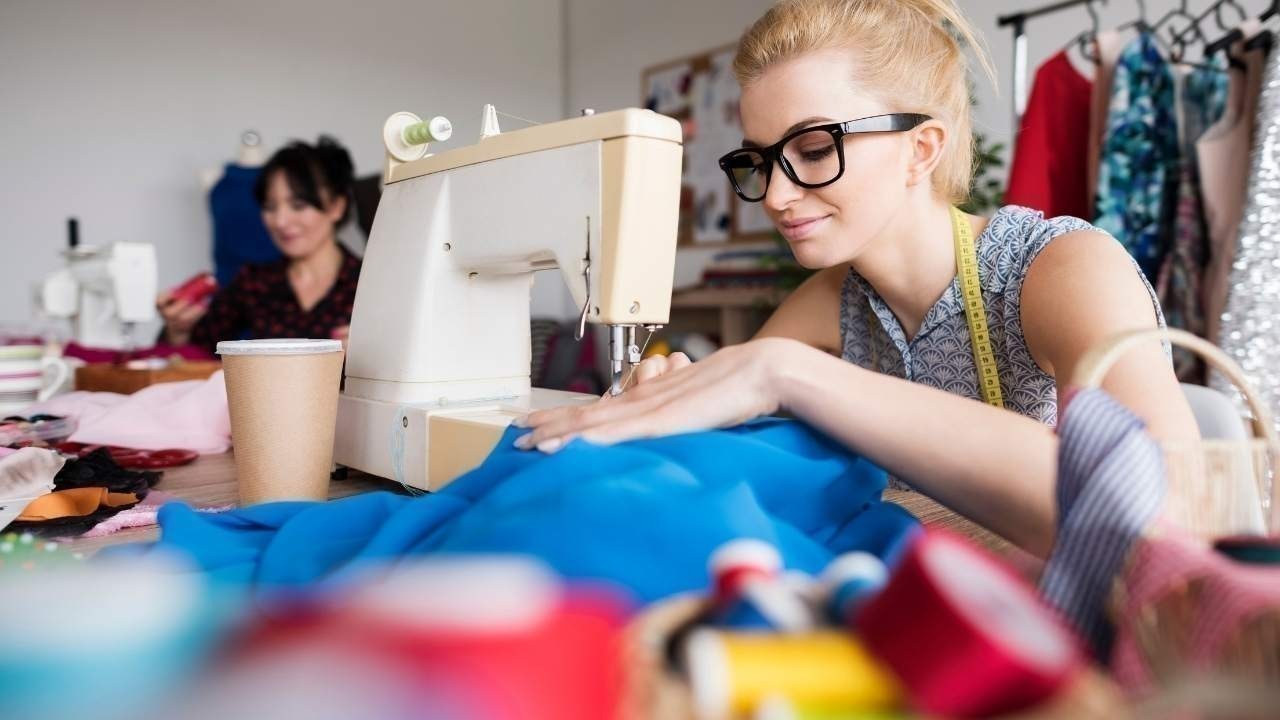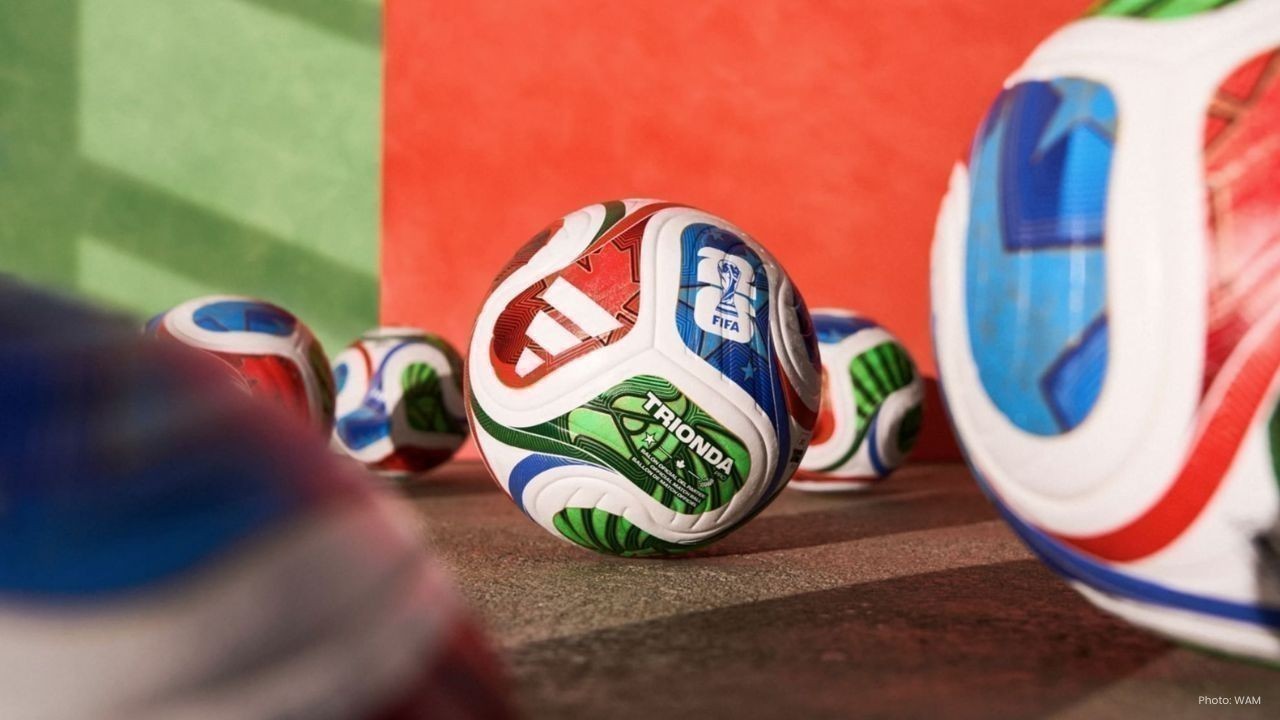
Post by : Mukesh Kumar
Fashion surrounds us every day. From glossy magazines to Instagram reels, from high-end boutiques to local street markets, fashion is everywhere. We see the models, the shiny fabrics, and the latest trends, but behind every outfit, there is a hidden world that most people never notice. This world is made up of people whose hard work brings fashion to life, yet their names rarely appear anywhere. These are the workers who stitch, cut, and assemble the clothes we wear, forming the unseen backbone of the fashion industry.
Every piece of clothing—whether it’s a shirt, a dress, or a pair of shoes—begins far away from the runways and designer stores. The journey starts in small studios, local workshops, and large factories, often in faraway parts of the world. Skilled workers, mostly women, spend hours sewing, cutting, and finishing each item. Many of them also manage household chores while working long hours. Despite being the backbone of the industry, their work often goes unnoticed by the world.
Countries such as Bangladesh, India, Vietnam, and Cambodia are home to millions of these workers. They work tirelessly to make sure clothes reach stores on time. Their work comes with challenges: low pay, strict deadlines, and little job security. Yet, they continue to work diligently, allowing consumers around the world to enjoy new styles and trends without knowing the effort behind them.
Fashion work is not only about physical effort—it is also emotional and mental. Tailors, seamstresses, and garment workers pour creativity, patience, and problem-solving into every stitch. One small mistake can ruin an entire piece of clothing. This requires extreme concentration and dedication. Many workers quietly handle the stress of meeting deadlines while maintaining high-quality standards. Every item they make reflects their skill and care, even though the world rarely sees it.
Their labor is not just about sewing—it tells a story. It reflects culture, artistry, and identity. Every garment carries the effort of the person who made it, connecting fashion to real human creativity.
Fashion looks fun, trendy, and affordable, but it comes at a hidden cost. Fast fashion, which produces clothing quickly to follow trends, has increased pressure on workers. Many face exhaustion, stress, and physical pain from long hours and repetitive work. Despite these challenges, the final product receives applause while the effort behind it remains hidden.
Understanding the cost of fashion is important. Each piece of clothing represents hours of work, skill, and dedication. When consumers are aware of this, they can make choices that respect the people behind the clothes.
Change begins with awareness. Shoppers have the power to support ethical fashion. Choosing brands that provide fair wages, safe working conditions, and transparent production practices can make a big difference. Simple actions—like researching brands, buying fewer but higher-quality clothes, and asking questions about how clothes are made—help recognize the hidden workforce.
Every purchase sends a message. It can either support unfair labor practices or honor the effort of skilled workers. By making conscious choices, we help create a fairer, more responsible fashion industry.
Fashion is slowly evolving. Some brands are using machines to speed up production, but human skills remain irreplaceable, especially for detailed and handmade designs. Ethical fashion movements are growing, and more people are speaking out about workers’ rights. The goal is a fashion industry where every worker is respected, fairly paid, and recognized for their effort.
Technology can help, but it cannot replace the care, precision, and creativity of human hands. By supporting fair practices and demanding transparency, consumers can ensure that every stitch is valued.
Shoppers play an important role in shaping the future of fashion. Supporting brands that treat workers fairly, avoiding impulsive fast-fashion buys, and choosing sustainable clothing are small steps that make a big impact. Recognizing the hidden labor behind our clothes is not just about ethics—it is about respect for the effort, time, and skill that goes into making fashion possible.
When we understand the story behind our outfits, fashion becomes more meaningful. It is no longer just about trends and colors—it becomes about fairness, respect, and humanity. Every stitch tells the story of someone’s dedication and hard work.
The next time you admire a beautiful outfit or buy new clothes, remember the hidden labor behind it—the secret stitch that connects creativity to real human effort. Fashion is more than colors, textures, or trends. It is about people, their stories, and their skills. Respecting the unseen workforce makes fashion truly beautiful—from the inside out.
Fashion can only be fair, ethical, and meaningful when every worker who contributes to it is acknowledged, valued, and fairly compensated. The labor behind the clothes may be hidden from the public eye, but it deserves recognition in every wardrobe, every shop, and every conversation about fashion.
The information in this article is based on research and industry insights. DXB News Network aims to provide awareness about the fashion industry and its workforce. The content is intended for informational purposes only and does not endorse or promote any specific brand or product.

Cebu Earthquake Strikes During Miss Asia-Pacific Gala Night
A 6.9-magnitude earthquake hits Cebu during Miss Asia-Pacific International gala, killing 72 and inj

Eternal Creators Added to Mexico’s INBAL Collection
INBAL honors Eternal Creators and two more works, celebrating the author and collaborators as part o

Skin Microbiome Secrets to Healthy and Balanced Skin
Explore the skin microbiome its role in skin health and simple ways to keep your skin balanced healt

FIFA World Cup 26 Launches TRIONDA, Official Match Ball
Adidas unveils TRIONDA, the official FIFA World Cup 26 ball, celebrating three host nations with inn

Sarcopenia How Aging Steals Muscle and Ways to Stay Strong
Discover sarcopenia the silent muscle loss with age its signs causes and simple ways to stay strong

DP World & PayPal Partner to Revolutionize Global Payments
DP World teams up with PayPal to speed up cross-border trade, offering faster, transparent, and secu

Sheikh Hamdan Visits UAE National Guard to Boost Defence Readiness
Crown Prince Sheikh Hamdan visits UAE National Guard HQ, praises troops’ loyalty, and highlights nee

Skin Microbiome Secrets to Healthy and Balanced Skin
Explore the skin microbiome its role in skin health and simple ways to keep your skin balanced healt

Sarcopenia How Aging Steals Muscle and Ways to Stay Strong
Discover sarcopenia the silent muscle loss with age its signs causes and simple ways to stay strong

Cultural Appropriation vs Appreciation Respecting Global Traditions
Learn the difference between cultural appropriation and appreciation to respect traditions and celeb

Uniform and Rebellion How Personal Identity Thrives Within Rules
Explore how uniforms shape identity and spark subtle rebellion blending conformity with personal exp

The Unseen Labor Behind Fashion Inside the Secret Stitch
Discover the hidden world of fashion labor and the secret stitch behind every garment Honor the hand

Digital Couture The Future of Fashion in a Virtual World
Explore Digital Couture virtual fashion creative designs eco friendly trends and how technology is s

Fast Fashion Mental Cost How Clothes Affect Your Mind & Mood
Discover how fast fashion affects your mind from trend pressure to social comparison and learn ways

The Solaya Project 234 Ultra Luxury Beachfront Homes in Jumeirah 1
Experience The Solaya Project in Jumeirah 1 with 234 luxury beachfront homes world class amenities a